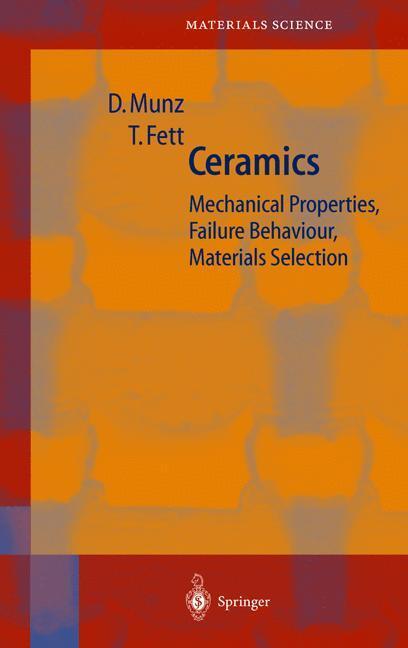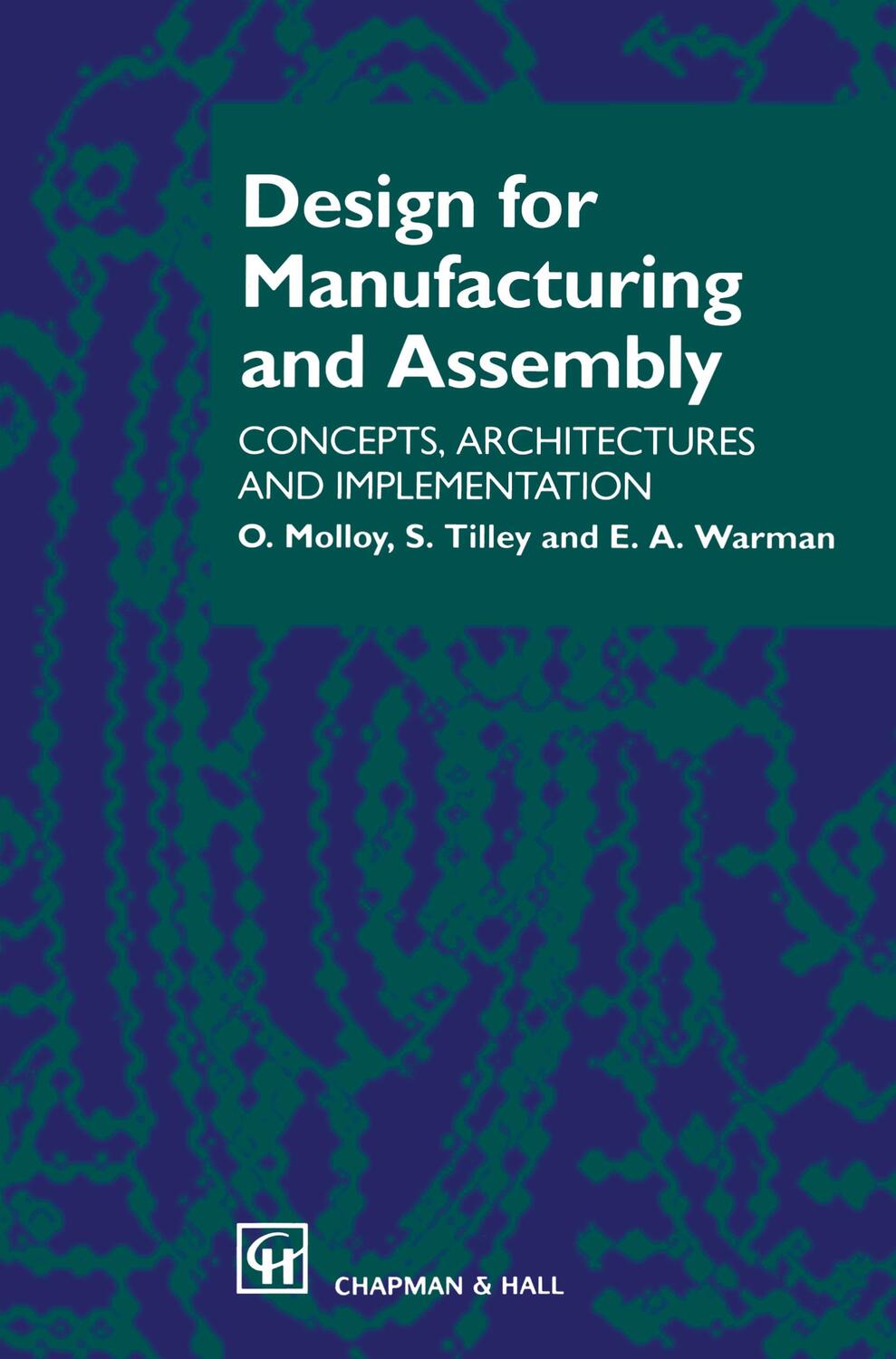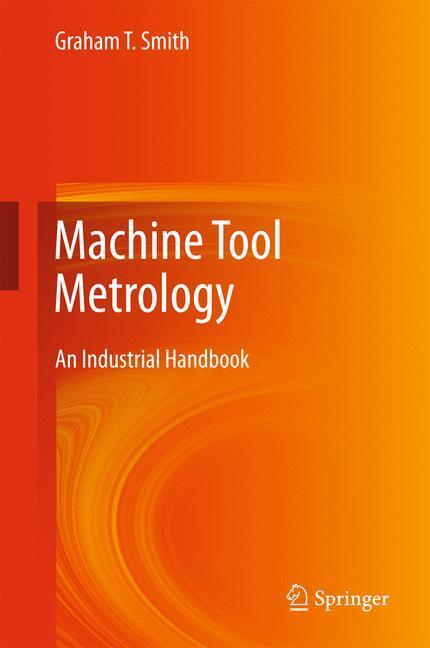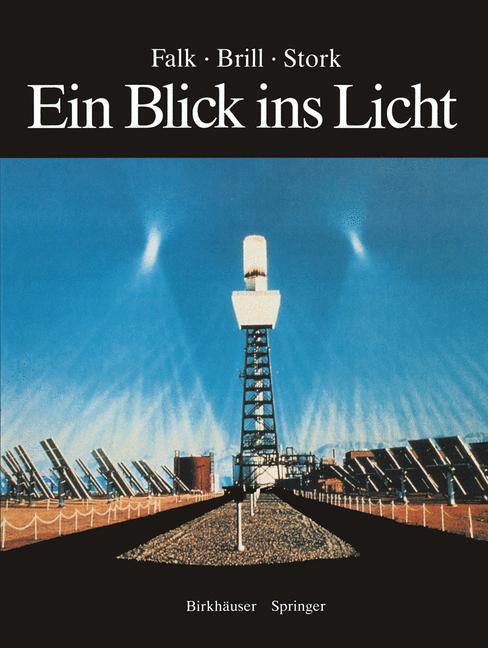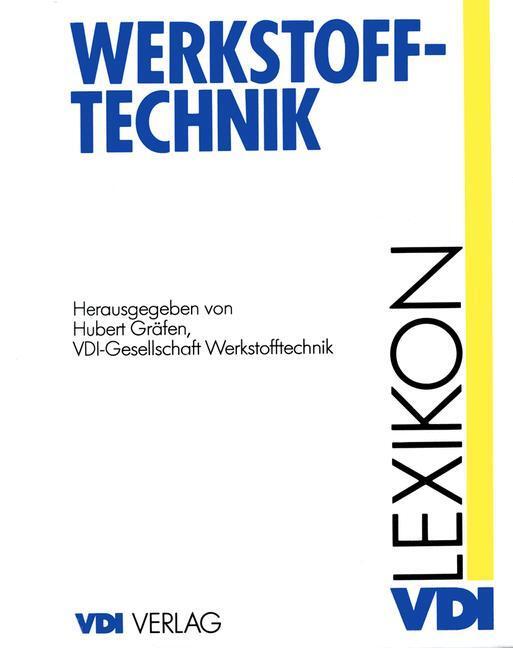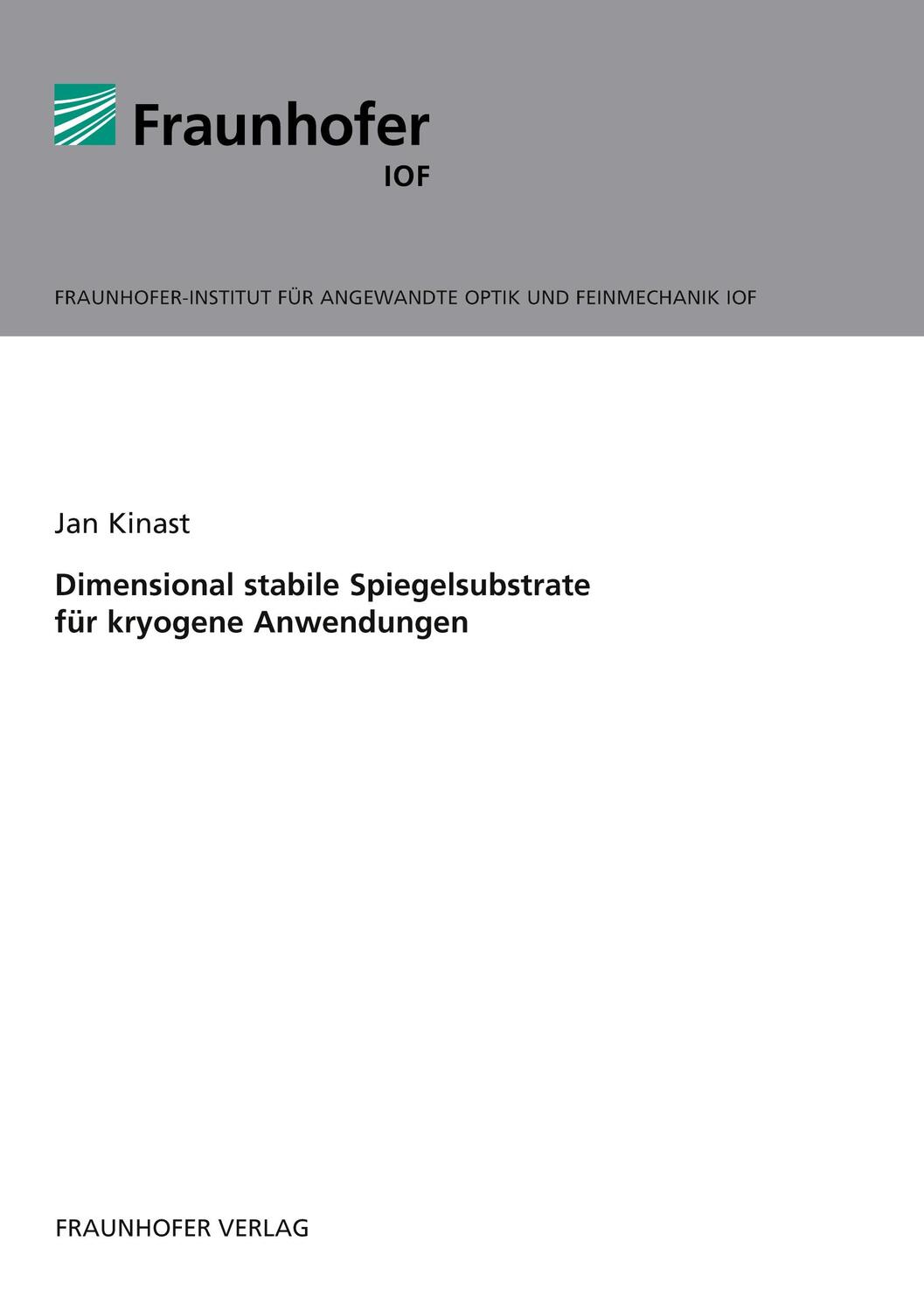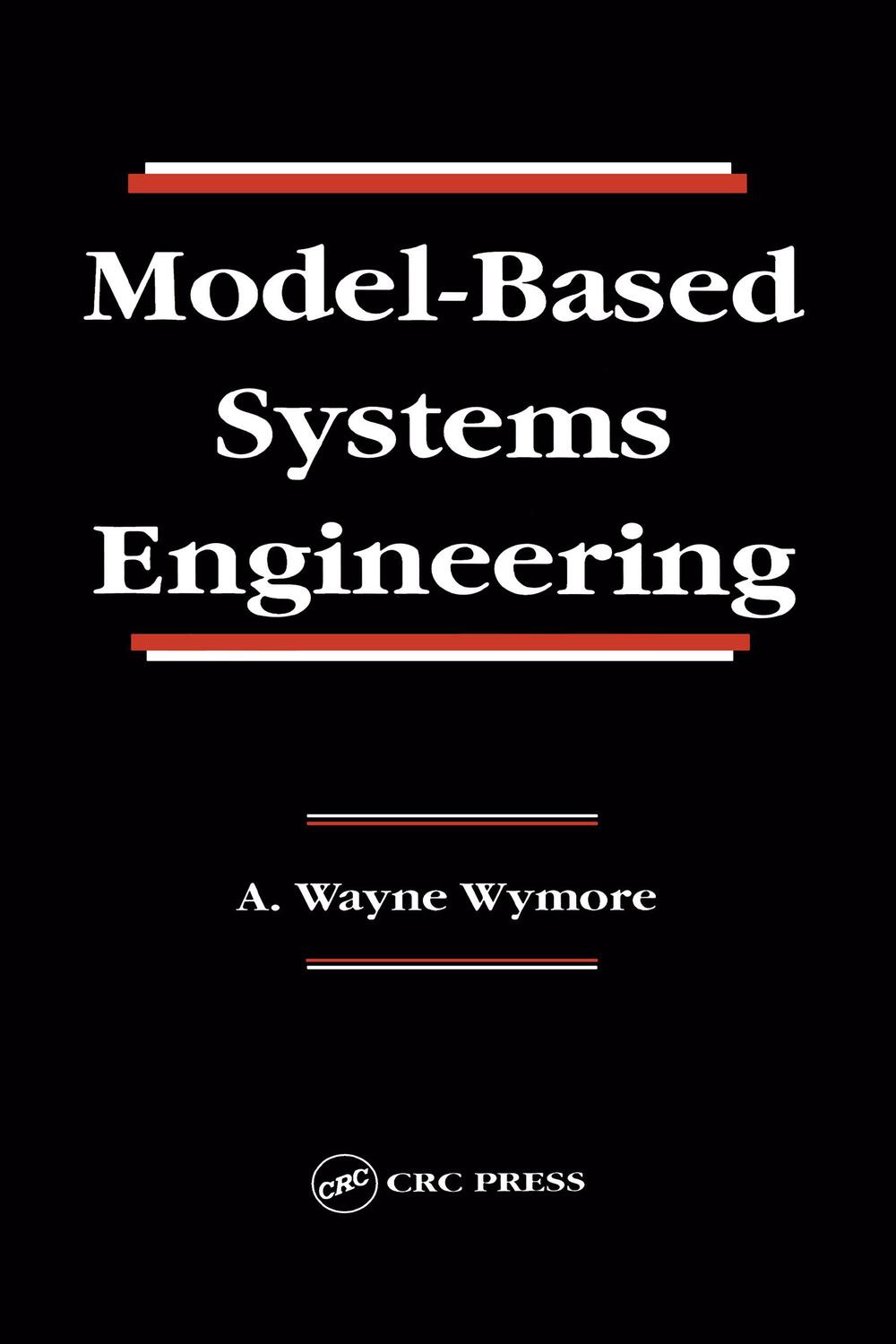Dekorationsartikel gehören nicht zum Leistungsumfang.
Sprache:
Englisch
100,95 €*
Versandkostenfrei per Post / DHL
Lieferzeit 2-3 Wochen
Kategorien:
Beschreibung
Ceramic materials are widely used as components in a great variety of applications. They are attractive due to their good high temperature strength, high wear resistance, good corrosion restistance and other special physical properties. Their major drawback is their brittleness and the large scatter of their mechanical properties. This book describes failure phenomena in ceramic materials under mechanical loading, methods for determining the material properties, and the principles that one should apply when selecting a material. The fracture-mechanical and statistical principles and their use in describing the scatter of strength and lifetime are also covered. Special chapters are devoted to creep behaviour, multiaxial failure criteria and thermal shock behaviour.
Ceramic materials are widely used as components in a great variety of applications. They are attractive due to their good high temperature strength, high wear resistance, good corrosion restistance and other special physical properties. Their major drawback is their brittleness and the large scatter of their mechanical properties. This book describes failure phenomena in ceramic materials under mechanical loading, methods for determining the material properties, and the principles that one should apply when selecting a material. The fracture-mechanical and statistical principles and their use in describing the scatter of strength and lifetime are also covered. Special chapters are devoted to creep behaviour, multiaxial failure criteria and thermal shock behaviour.
Zusammenfassung
The book addresses the important topic of the reliability and failure behaviour of the ceramic materials widely used as construction components. Microscopic theories are presented to describe the observed phenomena and guidance is given in the choice of materials for particular applications.
Inhaltsverzeichnis
1 Overview and Basic Properties.- 1.1 General Behaviour.- 1.2 Overview of Ceramic Materials.- 1.3 Fields of Application.- 2 Physical Properties.- 2.1 Thermal Expansion Coefficient.- 2.2 Thermal Conductivity.- 2.3 Electrical Conductivity.- 2.4 Specific Heat.- 2.5 Density.- 2.6 Elastic Constants.- 3 Fracture Mechanics.- 3.1 Fundamentals.- 3.2 Experimental Methods for the Determination of the Mode-I Fracture Toughness KIc.- 3.3 Experimental Methods for the Determination of Mode-II and Mixed-Mode Fracture Toughness.- 3.4 Mixed-Mode Criteria and Experimental Results.- 4 R-Curve Behaviour.- 4.1 Experimental Observation.- 4.2 Determination of R-Curves.- 4.3 Reasons for R-Curve Behaviour.- 4.4 Influence of R-Curves on Strength.- 4.5 Computation of R-Curves.- 4.6 Determination of Bridging Stresses from Crack Profiles.- 5 Subcritical Crack Growth.- 5.1 Basic Relations.- 5.2 Computation of Lifetimes.- 5.3 Methods of Determining Subcritical Crack Growth.- 5.4 Influence of R-Curve Behaviour on Subcritical Crack Growth.- 5.5 Some Theoretical Considerations on Subcritical Crack Growth.- 6 Cyclic Fatigue.- 6.1 Representation of Cyclic Fatigue Results.- 6.2 Proof of a Cyclic Effect.- 6.3 Methods for the Determination of da/dN-?K Curves.- 6.4 Effect of R-Ratio.- 6.5 Theoretical Considerations.- 6.6 Differences Between Micro- and Macrocracks.- 7 Determination of Strength.- 7.1 Measurement of Tensile Strength.- 7.2 Measurement of Compressive Strength.- 8 Scatter of Mechanical Properties.- 8.1 Principal Behaviour.- 8.2 Determination of Weibull Parameters.- 8.3 The Size Effect.- 8.4 Scatter of Lifetimes.- 8.5 Some Specific Problems.- 9 Proof Test Procedure.- 9.1 Proof Test Without Subcritical Crack Growth.- 9.2 Proof Test Including Subcritical Crack Growth.- 9.3 Problems in Proof Tests.- 10Multiaxial Failure Criteria.- 10.1 Representation in Multiaxiality Diagrams.- 10.2 Global Multiaxiality Criteria.- 10.3 Defect Models.- 10.4 Experimental Methods.- 10.5 Experimental Results.- 11 Thermal Shock Behaviour.- 11.1 Thermal Stresses.- 11.2 Measurement of Thermal Shock Sensitivity.- 11.3 Fracture Mechanical Treatment of Thermal Shock.- 11.4 Thermal Shock Parameters.- 11.5 Size Effect in Thermal Shock.- 11.6 Thermal Fatigue.- 12 High-Temperature Behaviour.- 12.1 Creep Deformation.- 12.2 Failure in the Creep Range.- 12.3 Creep Crack Growth.- 13 Plasticity.- 13.1 Plasticity During Contact Loading.- 13.2 Plasticity During Surface Grinding.- 13.3 Plasticity by Phase Transformation in Zirconia.- 13.4 Plasticity by Domain Switching in Piezoelectric Ceramics.- 13.5 Measurement of Plastic Deformations in Bending Tests.- 13.6 Time-Dependent Plasticity Effects.- A.1 Rectangular Bar.- A.2 Comact-Tension (CT) Specimen.- A.3 Round Compact Tension (RCT) Specimen.- A.4 Double-Cantilever-Beam Specimen (DCB).- A.5 Weight Function for Chevron-Notched Bending Bars.- A.6 Specimens for Mixed-Mode Tests.
Details
| Erscheinungsjahr: | 1999 |
|---|---|
| Fachbereich: | Allgemeines |
| Genre: | Technik |
| Rubrik: | Naturwissenschaften & Technik |
| Medium: | Buch |
| Seiten: | 312 |
| Reihe: | Springer Series in Materials Science |
| Inhalt: |
x
299 S. |
| ISBN-13: | 9783540653769 |
| ISBN-10: | 3540653767 |
| Sprache: | Englisch |
| Ausstattung / Beilage: | HC runder Rücken kaschiert |
| Einband: | Gebunden |
| Autor: |
Fett, Theo
Munz, Dietrich |
| Auflage: | 1999 |
| Hersteller: |
Springer-Verlag GmbH
Springer Berlin Heidelberg Springer Series in Materials Science |
| Maße: | 241 x 160 x 23 mm |
| Von/Mit: | Theo Fett (u. a.) |
| Erscheinungsdatum: | 11.03.1999 |
| Gewicht: | 0,635 kg |
Zusammenfassung
The book addresses the important topic of the reliability and failure behaviour of the ceramic materials widely used as construction components. Microscopic theories are presented to describe the observed phenomena and guidance is given in the choice of materials for particular applications.
Inhaltsverzeichnis
1 Overview and Basic Properties.- 1.1 General Behaviour.- 1.2 Overview of Ceramic Materials.- 1.3 Fields of Application.- 2 Physical Properties.- 2.1 Thermal Expansion Coefficient.- 2.2 Thermal Conductivity.- 2.3 Electrical Conductivity.- 2.4 Specific Heat.- 2.5 Density.- 2.6 Elastic Constants.- 3 Fracture Mechanics.- 3.1 Fundamentals.- 3.2 Experimental Methods for the Determination of the Mode-I Fracture Toughness KIc.- 3.3 Experimental Methods for the Determination of Mode-II and Mixed-Mode Fracture Toughness.- 3.4 Mixed-Mode Criteria and Experimental Results.- 4 R-Curve Behaviour.- 4.1 Experimental Observation.- 4.2 Determination of R-Curves.- 4.3 Reasons for R-Curve Behaviour.- 4.4 Influence of R-Curves on Strength.- 4.5 Computation of R-Curves.- 4.6 Determination of Bridging Stresses from Crack Profiles.- 5 Subcritical Crack Growth.- 5.1 Basic Relations.- 5.2 Computation of Lifetimes.- 5.3 Methods of Determining Subcritical Crack Growth.- 5.4 Influence of R-Curve Behaviour on Subcritical Crack Growth.- 5.5 Some Theoretical Considerations on Subcritical Crack Growth.- 6 Cyclic Fatigue.- 6.1 Representation of Cyclic Fatigue Results.- 6.2 Proof of a Cyclic Effect.- 6.3 Methods for the Determination of da/dN-?K Curves.- 6.4 Effect of R-Ratio.- 6.5 Theoretical Considerations.- 6.6 Differences Between Micro- and Macrocracks.- 7 Determination of Strength.- 7.1 Measurement of Tensile Strength.- 7.2 Measurement of Compressive Strength.- 8 Scatter of Mechanical Properties.- 8.1 Principal Behaviour.- 8.2 Determination of Weibull Parameters.- 8.3 The Size Effect.- 8.4 Scatter of Lifetimes.- 8.5 Some Specific Problems.- 9 Proof Test Procedure.- 9.1 Proof Test Without Subcritical Crack Growth.- 9.2 Proof Test Including Subcritical Crack Growth.- 9.3 Problems in Proof Tests.- 10Multiaxial Failure Criteria.- 10.1 Representation in Multiaxiality Diagrams.- 10.2 Global Multiaxiality Criteria.- 10.3 Defect Models.- 10.4 Experimental Methods.- 10.5 Experimental Results.- 11 Thermal Shock Behaviour.- 11.1 Thermal Stresses.- 11.2 Measurement of Thermal Shock Sensitivity.- 11.3 Fracture Mechanical Treatment of Thermal Shock.- 11.4 Thermal Shock Parameters.- 11.5 Size Effect in Thermal Shock.- 11.6 Thermal Fatigue.- 12 High-Temperature Behaviour.- 12.1 Creep Deformation.- 12.2 Failure in the Creep Range.- 12.3 Creep Crack Growth.- 13 Plasticity.- 13.1 Plasticity During Contact Loading.- 13.2 Plasticity During Surface Grinding.- 13.3 Plasticity by Phase Transformation in Zirconia.- 13.4 Plasticity by Domain Switching in Piezoelectric Ceramics.- 13.5 Measurement of Plastic Deformations in Bending Tests.- 13.6 Time-Dependent Plasticity Effects.- A.1 Rectangular Bar.- A.2 Comact-Tension (CT) Specimen.- A.3 Round Compact Tension (RCT) Specimen.- A.4 Double-Cantilever-Beam Specimen (DCB).- A.5 Weight Function for Chevron-Notched Bending Bars.- A.6 Specimens for Mixed-Mode Tests.
Details
| Erscheinungsjahr: | 1999 |
|---|---|
| Fachbereich: | Allgemeines |
| Genre: | Technik |
| Rubrik: | Naturwissenschaften & Technik |
| Medium: | Buch |
| Seiten: | 312 |
| Reihe: | Springer Series in Materials Science |
| Inhalt: |
x
299 S. |
| ISBN-13: | 9783540653769 |
| ISBN-10: | 3540653767 |
| Sprache: | Englisch |
| Ausstattung / Beilage: | HC runder Rücken kaschiert |
| Einband: | Gebunden |
| Autor: |
Fett, Theo
Munz, Dietrich |
| Auflage: | 1999 |
| Hersteller: |
Springer-Verlag GmbH
Springer Berlin Heidelberg Springer Series in Materials Science |
| Maße: | 241 x 160 x 23 mm |
| Von/Mit: | Theo Fett (u. a.) |
| Erscheinungsdatum: | 11.03.1999 |
| Gewicht: | 0,635 kg |
Warnhinweis

